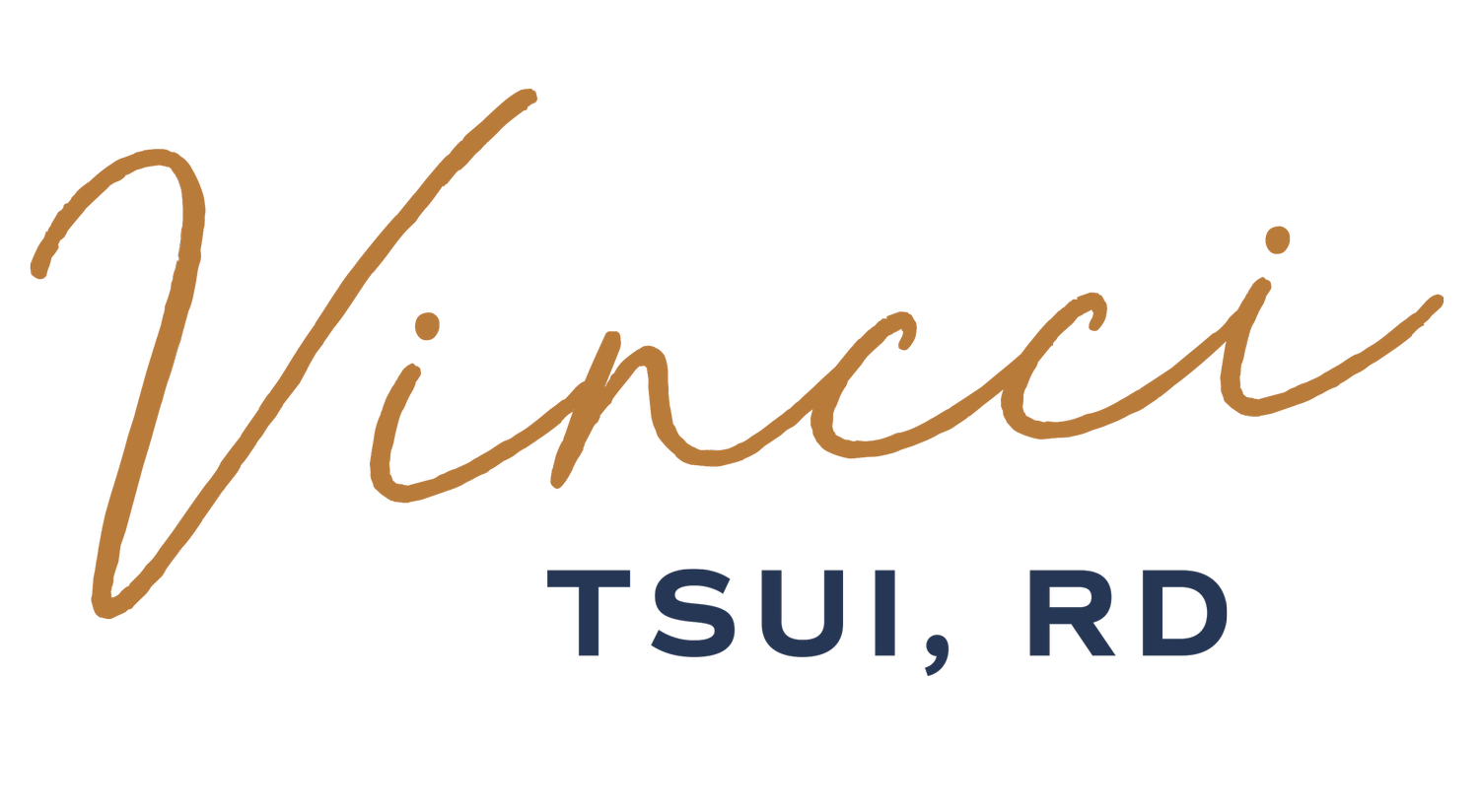My Top 5 Takeaways from the Body Image Workshop #BIW
It’s been a week since about 40 HAES® dietitians and clinicians descended on NYC for the Body Image Workshop hosted by veteran HAES® and eating disorder dietitians, Marci Evans and Fiona Sutherland. This was a workshop unlike any that I’ve attended before, not only because of the subject matter (Are dietitians even *allowed* to do body image work?) but also because I already “knew” at least half of the other attendees through social media. Instead of arriving to a quiet classroom where everyone kept to themselves, there was lots of chatters and hugs all around, despite the early start.
Instead of handouts, Fiona made us some pretty workbooks!
This post was difficult to write, not because I learned nothing in the two days, but because I learned so much. In fact, most of the learning came from the connections I made and the conversations that were had that were outside the original scope of the course itself! There are already talks of a #BIW2 and I’m crossing my fingers and toes that this comes into fruition.
Top 5 Takeaways on Body Image Healing
1. It’s Not Really About the Body
Most of us like to take the most obvious approach when it comes to fixing a problem – there’s a hole? Plug it. Computer froze? Reboot it. Too cold? Put on a sweater.
When it comes to our bodies, we continue to subscribe to this idea, and it works to a certain extent. Deep cut? Stitch it up. Sick? Help your body fight it.
It’s when we get to ideas like, “Too heavy? Lose weight” or “Grey hairs? Dye them” where it becomes problematic. How do we define “too heavy” when people across the body size spectrum feel that way? What makes grey hair a problem?
Also, we know that these “simple solutions” simply don’t work. Long-term weight loss is statistically improbable, and even people who do lose weight often aren’t any happier with their bodies. Instead, they’re chasing the next “goal weight”, or they’re too caught up with obsessing over food and counting calories to even notice.
2. The Research is Young and Full of Errors
Yes, this is a play on “The night is dark and full of terrors.” ?
The field of body image work is young – “early” research really only dates back to the early 2000s. Already research has evolved from a focus on identifying and “treating” negative body image to identifying and promoting factors related to positive body image.
Webb, Wood-Barcalow and Tylka identified 10 components of positive body image in existing research:
Body appreciation
Positive rational acceptance
Body image flexibility
Body functionality
Attunement
Self accepting body talk
Body pride
Body sanctification
Broad conceptualization of beauty
Perceived acceptance by others
As we reviewed the research as a group (mad props to Marci for reading and summarizing for us!) we noticed that many of the quantitative tools had some problematic elements. For example, the assessment tool for body image flexibility is worded only in the negative (“I care too much…” “I shut down…”) and focuses only on body size.
Clearly, there is definitely room for more research in this field, and perhaps more qualitative research is needed in order to truly capture people’s experiences in the struggle with negative body image and throughout the healing process. It’s not as simple as improving your score on a few different measures.
“We need more qualitative research on #bodyimage. Not as simple as improving a score.”
3. Ask, “How do I Understand this Experience Better?” Not “How do I Fix This?”
Have you ever complained about something just for the sake of complaining, but then the person/people you are complaining to start offering solutions and you feel… annoyed? (My husband does this to me all the time. ?)
As humans, we don’t like seeing things out of place, or others in pain. We want to help; we want to make a difference. This is the “righting reflex“. For health professionals, our righting reflex is compounded by the fact that we are trained to solve (or at least manage) people’s health concerns.
I’m not saying that people struggling with body image concerns are “complaining for the sake of complaining”, but given that we know “simple solutions” don’t work (see #1) and we don’t have a lot of solutions that do (see #2), listening, holding space and being present helps us to understand the person’s experience and situation. More importantly, it allows them to feel heard, particularly when our bodies and our experience are different from theirs.
Sometimes, that is more than enough.
4. There are Many Paths to Healing
Despite the dearth of evidence, there are many paradigms providing inroads to helping people heal their body image. (I tried to draw a venn diagram using SmartArt, but it wouldn’t let me add more than seven circles):
Health At Every Size (HAES®)
Self compassion
Values
Mindfulness
Somatic approaches
Feminism
Body trust
Intersectionality
Privilege/Oppression
One of the activities we did in the workshop was come up with specific strategies within each construct. It was interesting to see how the different constructs and strategies overlapped.
5. Community is Key
Last, but certainly not least, the biggest takeaway for me is the wisdom and innovation of the professionals who are doing this work. The discussions that we had as a group, and the conversations that I had individually were so rich and insightful that my heart feels so full to be part of this community.
Just as this community has helped me grow as a professional, I know that having a strong support system probably plays a huge role in a person’s healing and recovery as well. Whether you find that in person or online, you deserve to find your tribe.
Are you ready to take the first steps toward healing your relationship with food and your body? Check out my FREE eBook – Stop the Food Fight, Start Making Food Peace.


